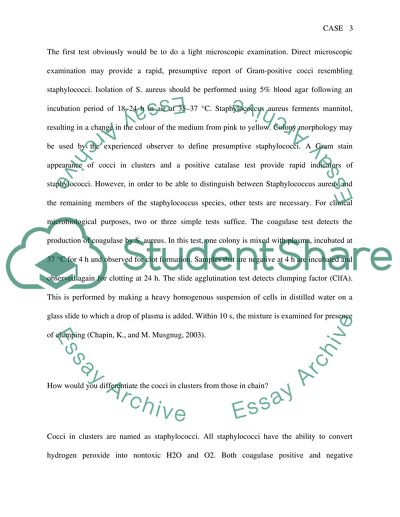Cite this document
(“Molecular Microbiology Case Study Example | Topics and Well Written Essays - 1500 words”, n.d.)
Molecular Microbiology Case Study Example | Topics and Well Written Essays - 1500 words. Retrieved from https://studentshare.org/miscellaneous/1501075-molecular-microbiology
Molecular Microbiology Case Study Example | Topics and Well Written Essays - 1500 words. Retrieved from https://studentshare.org/miscellaneous/1501075-molecular-microbiology
(Molecular Microbiology Case Study Example | Topics and Well Written Essays - 1500 Words)
Molecular Microbiology Case Study Example | Topics and Well Written Essays - 1500 Words. https://studentshare.org/miscellaneous/1501075-molecular-microbiology.
Molecular Microbiology Case Study Example | Topics and Well Written Essays - 1500 Words. https://studentshare.org/miscellaneous/1501075-molecular-microbiology.
“Molecular Microbiology Case Study Example | Topics and Well Written Essays - 1500 Words”, n.d. https://studentshare.org/miscellaneous/1501075-molecular-microbiology.


